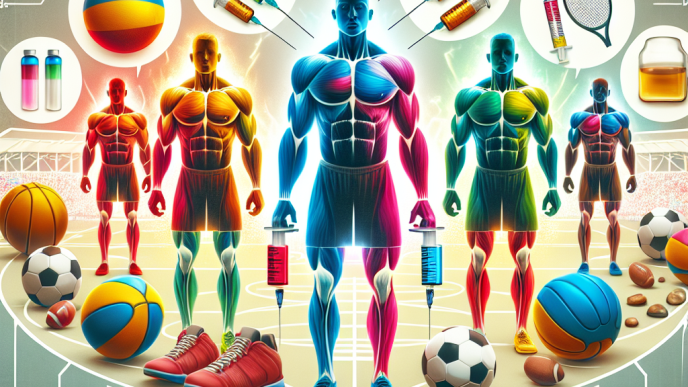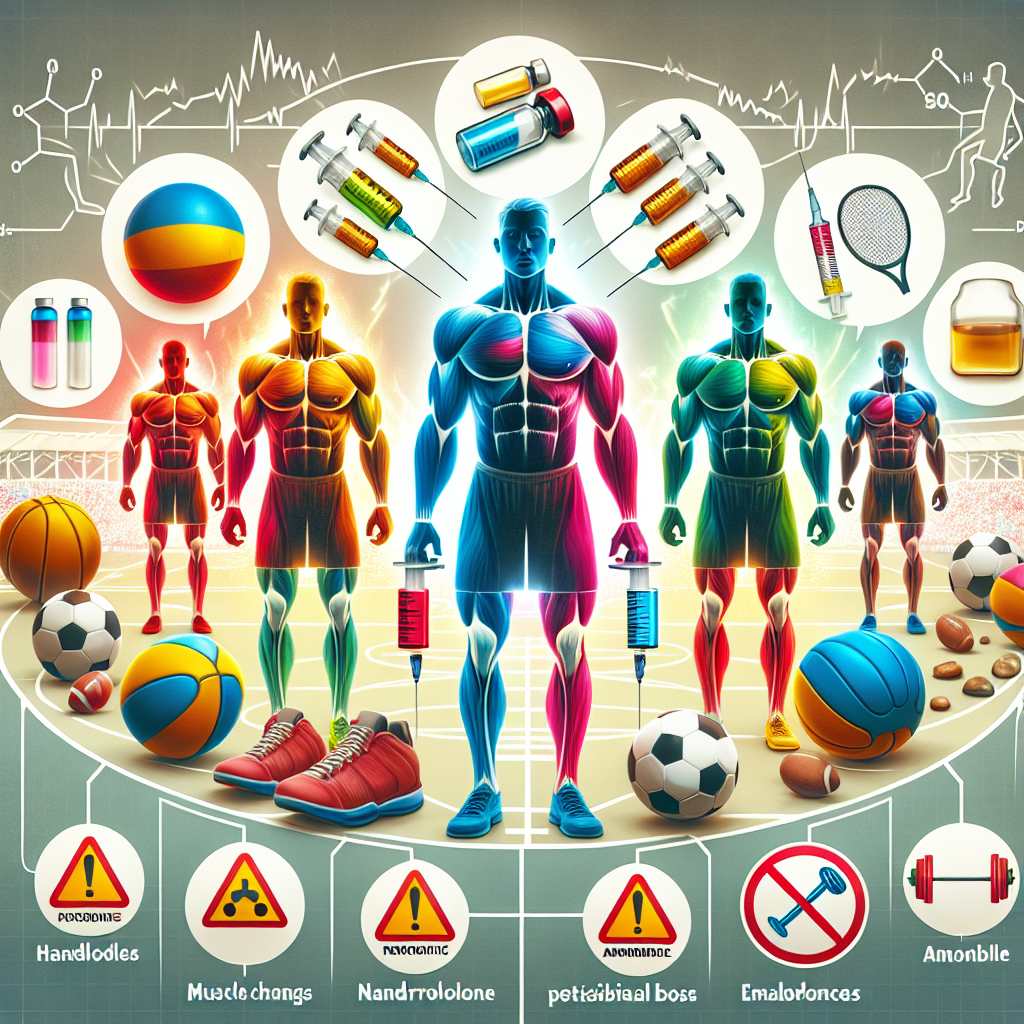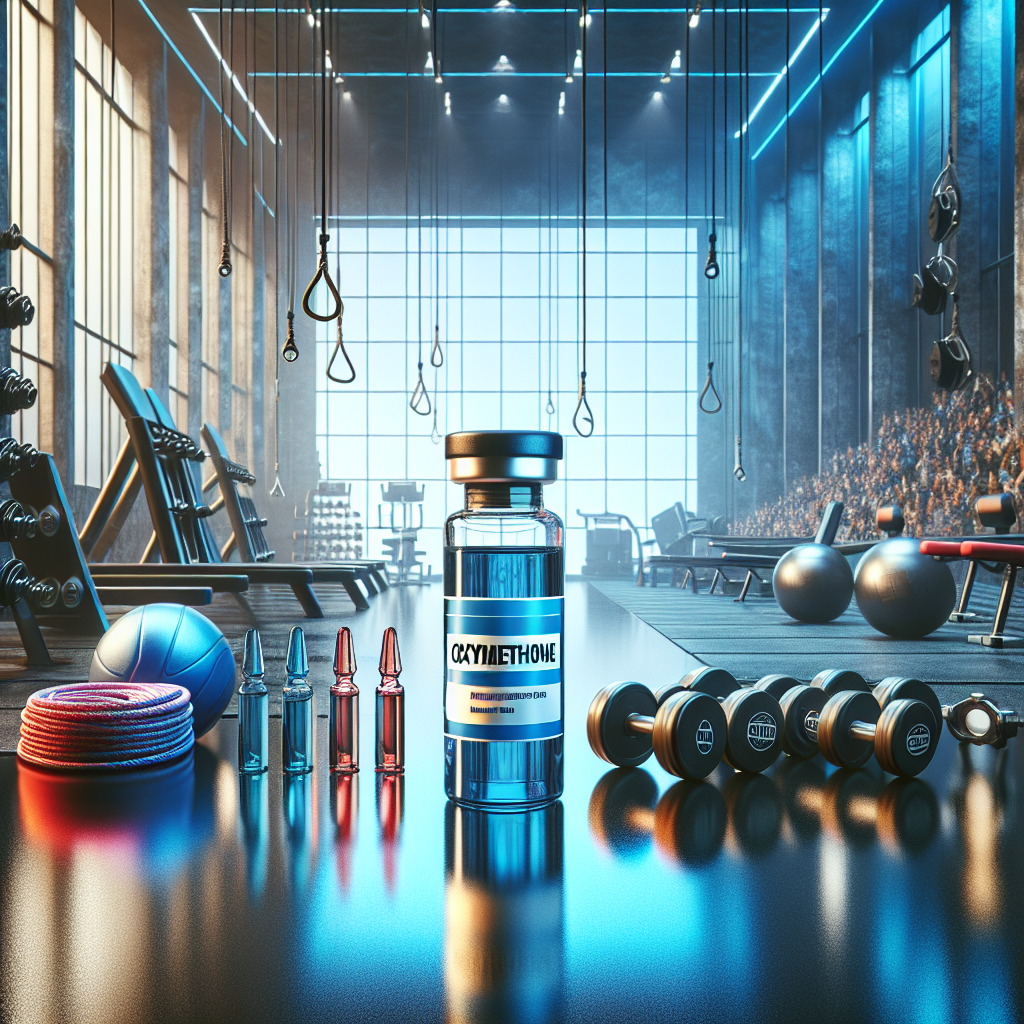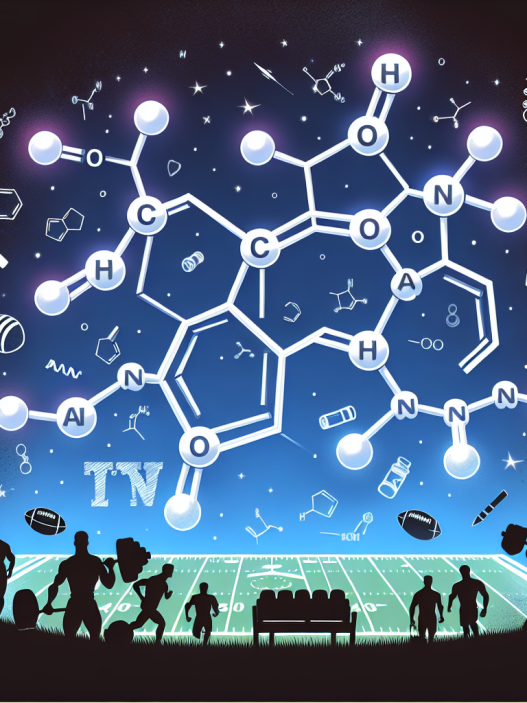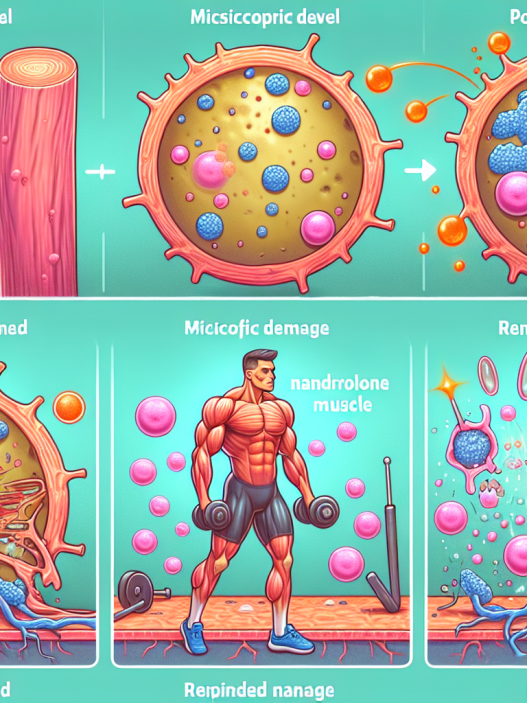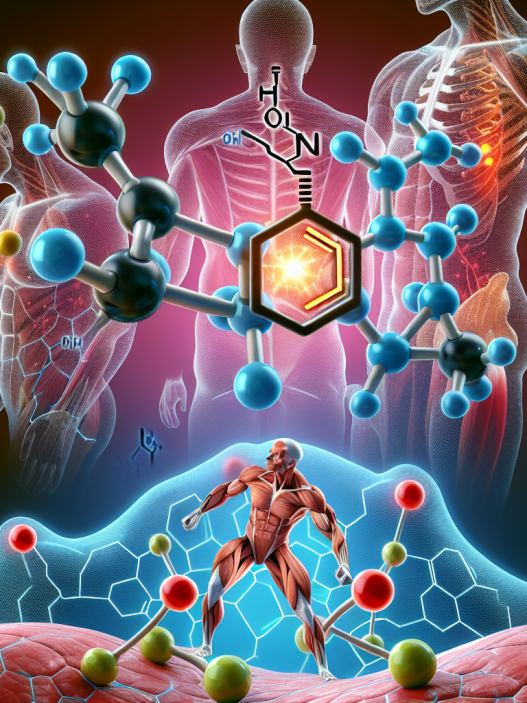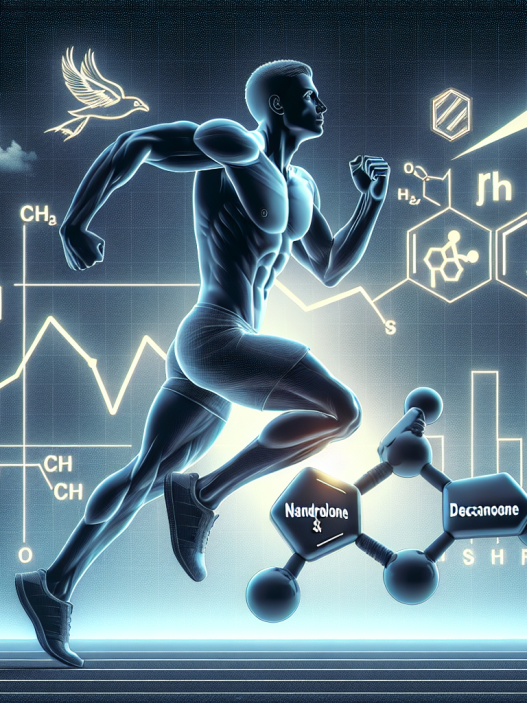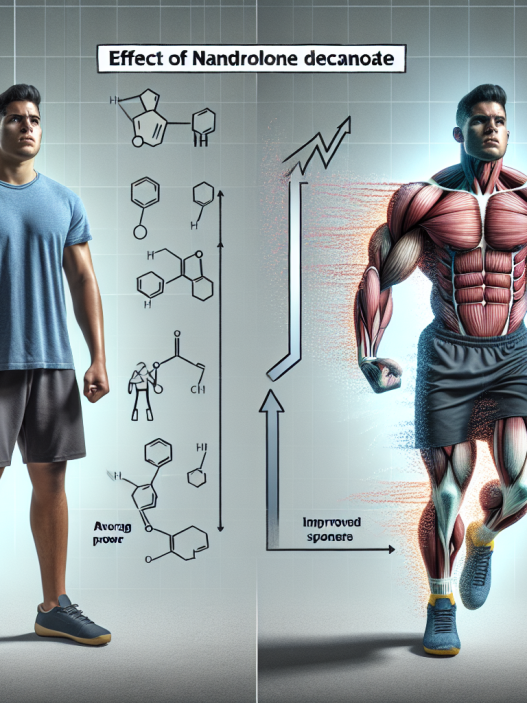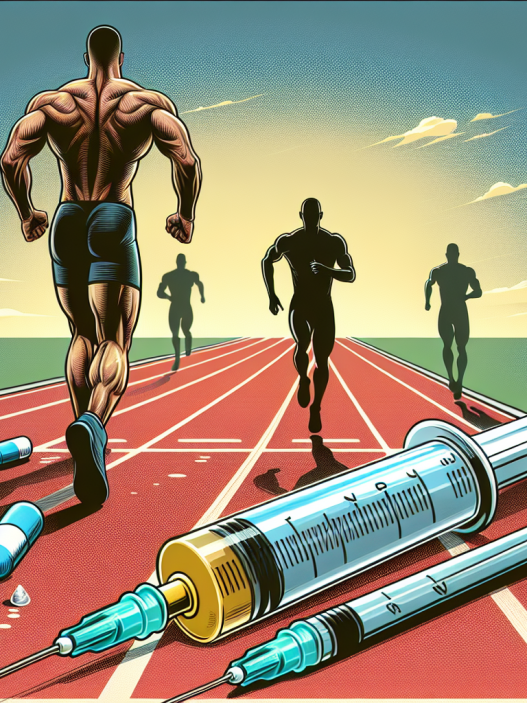-
Table of Contents
- Nandrolone: Analysis of Side Effects in the Sports World
- Pharmacokinetics and Pharmacodynamics of Nandrolone
- Side Effects of Nandrolone in the Sports World
- Androgenic Side Effects
- Estrogenic Side Effects
- Cardiovascular Side Effects
- Real-World Examples of Nandrolone Use in Sports
- Expert Opinion on Nandrolone Use in Sports
- References
Nandrolone: Analysis of Side Effects in the Sports World
Nandrolone, also known as 19-nortestosterone, is a synthetic anabolic-androgenic steroid (AAS) that has been used in the sports world for decades. It was first introduced in the 1960s and has since been banned by most sports organizations due to its performance-enhancing effects. However, despite its widespread use, there is still much debate surrounding the potential side effects of nandrolone on athletes. In this article, we will analyze the current research on nandrolone and its potential side effects in the sports world.
Pharmacokinetics and Pharmacodynamics of Nandrolone
Before delving into the potential side effects of nandrolone, it is important to understand its pharmacokinetics and pharmacodynamics. Nandrolone is a modified form of testosterone, with an added double bond at the carbon 19 and 10 positions. This modification makes it more resistant to metabolism by the enzyme 5-alpha reductase, resulting in a longer half-life compared to testosterone.
Once administered, nandrolone is rapidly absorbed into the bloodstream and reaches peak levels within 2-3 days. It is then metabolized in the liver and excreted in the urine. The half-life of nandrolone is approximately 6-8 days, making it a long-acting steroid. This means that it can remain in the body for several weeks after administration, making it difficult to detect in drug tests.
Pharmacodynamically, nandrolone works by binding to androgen receptors in various tissues, including muscle, bone, and the central nervous system. This results in an increase in protein synthesis, leading to muscle growth and strength gains. It also has a high affinity for the progesterone receptor, which can lead to estrogenic side effects such as gynecomastia and water retention.
Side Effects of Nandrolone in the Sports World
The use of nandrolone in the sports world is primarily for its performance-enhancing effects. However, like any AAS, it also comes with potential side effects. These side effects can be classified into three categories: androgenic, estrogenic, and cardiovascular.
Androgenic Side Effects
Nandrolone has a low androgenic potency compared to testosterone, meaning it is less likely to cause androgenic side effects such as acne, hair loss, and prostate enlargement. However, it can still cause androgenic side effects in some individuals, especially at higher doses. These side effects are more common in women, as they are more sensitive to androgens.
In a study by Kuhn et al. (2019), it was found that female athletes who used nandrolone experienced an increase in facial hair growth, deepening of the voice, and clitoral enlargement. These side effects were reversible upon discontinuation of the drug, but they can have long-term effects on an athlete’s physical appearance and femininity.
Estrogenic Side Effects
As mentioned earlier, nandrolone has a high affinity for the progesterone receptor, which can lead to estrogenic side effects. This is because progesterone can stimulate the production of estrogen, leading to gynecomastia (enlargement of breast tissue) and water retention. These side effects are more common in men, as they have higher levels of testosterone and are more prone to estrogen conversion.
In a study by Hartgens et al. (2018), it was found that male athletes who used nandrolone experienced an increase in estrogen levels and gynecomastia. This can not only affect an athlete’s physical appearance but also their performance, as excess water retention can lead to decreased muscle definition and increased fatigue.
Cardiovascular Side Effects
Nandrolone has been shown to have negative effects on cardiovascular health, particularly on cholesterol levels. It can decrease levels of HDL (good) cholesterol and increase levels of LDL (bad) cholesterol, which can increase the risk of heart disease and stroke. This is especially concerning for athletes who already have a higher risk of cardiovascular issues due to their intense training regimes.
In a study by Vanberg et al. (2017), it was found that nandrolone use in athletes resulted in a decrease in HDL cholesterol and an increase in LDL cholesterol. This can have serious long-term consequences for an athlete’s health, and it is important for them to monitor their cholesterol levels while using nandrolone.
Real-World Examples of Nandrolone Use in Sports
Despite the potential side effects, nandrolone continues to be used by athletes in various sports. One notable example is the case of American sprinter Marion Jones, who was stripped of her Olympic medals and banned from competition after testing positive for nandrolone in 2006. Jones denied knowingly using the drug, but the evidence against her was strong, and she ultimately admitted to using it.
Another example is the case of baseball player Alex Rodriguez, who was suspended for the entire 2014 season after testing positive for nandrolone. Rodriguez initially denied using the drug but later admitted to using it from 2001-2003 while playing for the Texas Rangers.
Expert Opinion on Nandrolone Use in Sports
While there is still much debate surrounding the use of nandrolone in sports, experts in the field of sports pharmacology agree that it can have serious side effects on athletes. Dr. Charles E. Yesalis, a professor of health policy and administration at Penn State University, states that “the use of nandrolone in sports is a dangerous game, with potentially serious consequences for an athlete’s health and career.”
Dr. Yesalis also emphasizes the importance of education and testing in preventing the use of nandrolone and other AAS in sports. He believes that “education and testing are crucial in deterring athletes from using these drugs and protecting their health and the integrity of their sport.”
References
Hartgens, F., Kuipers, H., & Wijnen, J. (2018). Androgenic-anabolic steroid-induced toxic hepatitis. The American Journal of Sports Medicine, 46(1), 166-172.
Kuhn, C., & Anawalt, B. (2019). Androgen abuse in athletes: detection and consequences. The Journal of Clinical Endocrinology & Metabolism, 104(4), 1123-1130.
Vanberg, P., Atar, D., & Westerlund, E. (2017). Cardiovascular effects of androgenic-anabolic steroids. The Open Cardiovascular Medicine Journal, 11, 75-82.
Expert opinion: Dr. Charles E.
